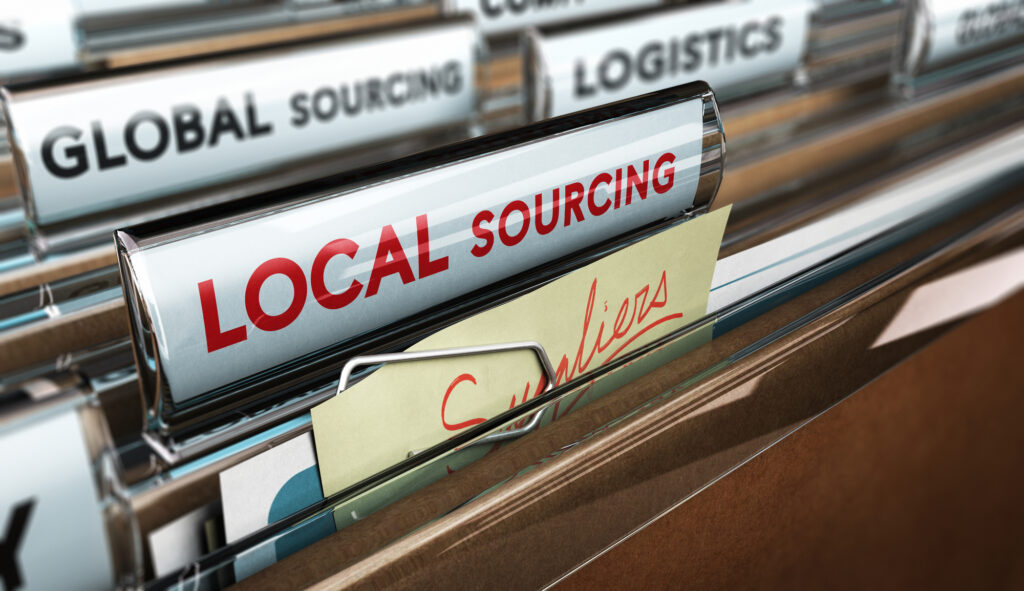I have recently been helping a company source and develop a new product in China. This post contains the questions that have arisen during that process, along with my answers.
1. What is the right way to think about China sourcing now?
A. Use Supply and Demand to Your Benefit
The future will be rough, but that doesn’t mean the opportunities are gone. The law of supply and demand dictates that as demand in China wanes, an overzealous cohort of Chinese manufacturers will be vying for survival. They will be increasingly desperate (read: agreeable) to more than satisfy current customers and ink deals with good prospective customers. You need to convince them that you are one of those companies.
These desperate and smart suppliers will agree to contract terms that are more favorable to their customers. And they will be less likely to scuttle deals with even small quantity buyers. This puts the bargaining power regarding quality, delivery, and financing terms more in the hands of overseas buyers. It will feel more like the period immediately after China joined the WTO and opened up to the world in the early-mid 2000s. And just like then, you will still need to discern between the desperate suppliers and the quality suppliers.
B. Build or Rebuild Your China Team
Don’t forget the thousands of qualified and experienced sourcing agents who are also vying for existence in this era of increasing tension and uncertainty. Good sourcing agents are extremely valuable and will continue to be so, vetting factories and personnel, following up on quality assurance matters, and ensuring you have a dedicated resource on the ground in China. But beware of the bad ones, of which there are many. See International Product Sourcing Agents and NNN Agreements.
China’s reopening means that buyers have been meeting with their local teams back in China to assist again with the iterative processes of product development, due diligence, quality control, and quality assurance.
China’s entrepreneurs and labor force continue to be hungry to prove themselves, both within and outside China. They increasingly take pride in their homegrown brands. Smart companies will utilize and harness that good energy, and their Chinese business partners and staff will respond with enthusiasm and determination.
Policy announcements in the past several months coming out of China, personnel appointments confirmed at the Two Sessions, and especially Xi Jinping’s rubber-stamped election to a third term as President reflect two things: (1) China is desperate to restart its economic engine and (2) Xi Jinping will intimately oversee the details of this process, with the CCP taking an even greater role.
China is and always will be a relationship-first culture. Rebuilding those ties will not be easy, but for companies that persevere, there will be tangible and intangible rewards.
2. How Seriously Should I be Looking at Sourcing Closer to Home?
If you have the willpower and financial resources, you need to capitalize on the good you can find in the China market while diversifying your supply chain to Asia, LatAm, or to your home country. This topic is frequently bantered about at our firm because it intersects with so many of our practice areas (see our upcoming March 21 webinar on Conflict, Collaboration, and Competition in US-China Relations and Leaving China for Mexico and The Challenges and Opportunities of Nearshoring: A March 23 Webinar).
3. How Seriously are Other Companies Exploring Alternative Manufacturing Locations?
Smart companies are looking to develop manufacturing relationships at the locations closest to their raw material inputs, and they are doing so in earnest. And the really smart companies are developing 5-, 10-, and 50-year plans based on raw material input requirements at the crucial intersection of projected available energy, raw materials, and favorable demographic trends for both workers and consumers. Many Southeast Asian and Latin American countries have been capitalizing on these trends, especially India, Vietnam, Thailand, Malaysia, Indonesia, Mexico, Peru, and Columbia.
4. What are Some of the Biggest Obstacles for Companies That Want to Develop Manufacturing Resources Outside China?
A. China is Not Going Away
China has perfected certain processes, including raw material sourcing and the now indispensable role of sourcing agents, which many countries are working hard and struggling to duplicate. Many non-China manufacturers will still be required to source product via China, which means that many companies’ supply chains will be beholden to China’s domestic market influence.
B. Your Exit Plan Needs a Solid Legal Foundation Before You Do Anything
Many companies are still operating through purchase orders that at best result in a convoluted and expensive “battle of the forms” exercise when issues arise. Companies without good contracts not only lack concrete options to enforce their rights. They also lack a good foundation from which to understand their legal position in China, which is an essential prerequisite to being able to leave China or at least diversify away from China.
It is not hyperbole when we write that having a substandard contract in China is often worse than having no contract at all. This especially affects companies that have some intellectual property in China. Even those companies that do not consider themselves IP-heavy still have significant intellectual property, both registered (or registrable) and unregistered. And it is even worse for companies whose Chinese partners have improved upon their intellectual property without clear contractual lines regarding the ownership and deployment of those additional valuable assets.
For more information, see Webinar: Moving Your Manufacturing from China to Mexico and A Resounding Maybe on Fleeing China.

























